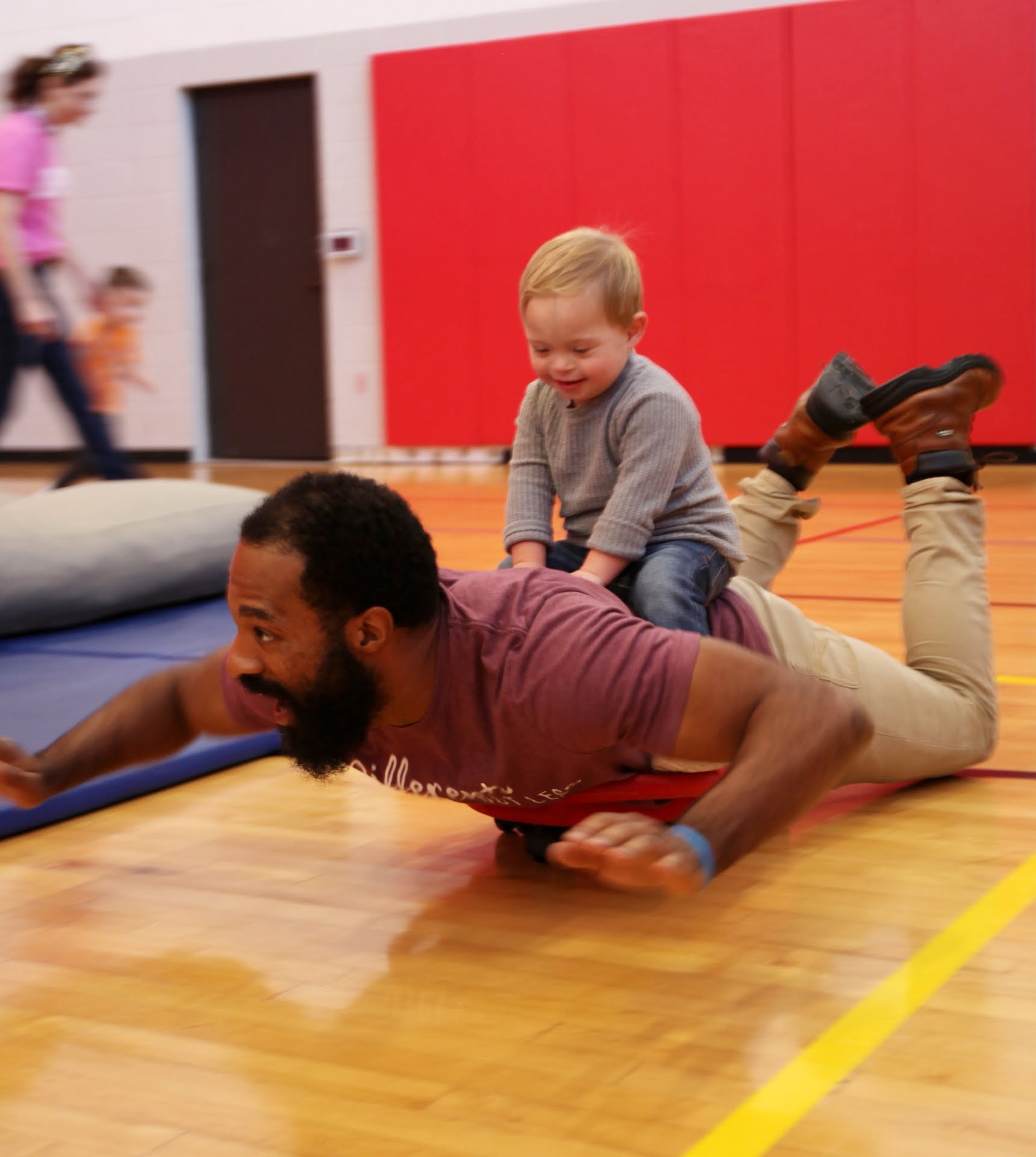
Family Resources
School Calendar
Download our PDF to see all events and activities for the 2024-2025 academic year.

Learn more about child development.
Discover what makes Rise graduates ready for kindergarten and beyond.
Social Emotional Development
Social emotional development includes the child’s experience, expression and management of emotions and the ability to establish positive and rewarding relationships with others (Cohen, 2005).
At Rise, children develop social skills by:
- Identifying and recognizing their own emotions through structured and in-the-moment learning opportunities.
- Developing the ability to regulate their emotions using Conscious Discipline tools such as breathing techniques, pivoting, advocating for themselves and using quiet places to decompress.
- Recognizing the emotional states of others and responding in a caring way as modeled and taught by their teachers or peers.
- Learning what it means to be kind and helpful and to engage in problem-solving in a setting where these traits are encouraged and consistently modeled by adults.
Cognitive Development
Thinking, or cognitive, skills develop as children learn to think with more complexity, to make decisions, and to solve problems. As young children explore, ask questions, and create, they improve their thinking skills. Reflecting on and using information lets your child understand the world around [them]. Cognitive development is tied to social emotional development: the more children can focus or handle frustration, the more easily they learn. (NAEYC.org)
At Rise, children develop cognitive skills by:
- Providing interesting materials to use and plenty of time to explore them.
- Offering suggestions that encourage more complex play and thinking.
- Asking questions that stretch your child’s thinking.
Physical Development
Physical development is the way your child moves [their] arms, legs and trunk (large–or gross–motor skills) and [their] fingers and hands (small–or fine–motor skills). Teachers help children learn these skills by offering different physical activities, equipment and materials to interact with. By using their bodies actively both indoors and outdoors, children build healthy bones and muscles. (NAEYC.org)
At Rise, children develop large motor skills by:
- Climbing over, under, and through things such as play structures, ladders, stairs and tunnels.
- Walking, running, jumping, throwing and catching.
- Pedaling bikes and tricycles; pushing and pulling wagons, brooms, strollers, and other toys.
- Dumping, carrying, and filling buckets, bins, and other containers.
They develop small motor skills by:
- Using their hands to explore materials like paints, playdough, sand, puzzles and things to write with.
Language Development
Language and literacy development helps your child understand and communicate through listening, talking, and eventually reading and writing. These skills are all connected. Teachers help your child use [their] growing communication skills to learn new concepts. (NAEYC.org)
At Rise, children develop language skills by:
- Helping children hear the differences in sounds and understand that letters stand for sounds.
- Playing rhyming games, singing songs, and reading books with fun language.
- Pointing out letters and words in books and other places.
- Using personal interests to introduce new words and concepts.
- Learning sign language or other forms of communication.
- Participating in group conversations during circle time activities
Adaptive Development
Adaptive development is the development of skills related to a child’s daily living functions. Adaptive competencies that children work towards in early childhood include independently feeding, dressing, and addressing personal hygiene and grooming needs. Adaptive skills also include self-advocacy and interactions with various adults and community helpers in their lives. (RiseAustin.org)
At Rise, children develop adaptive and self-help skills by:
- Unpacking and packing their personal items.
- Setting and clearing tables for mealtimes.
- Following routines for toileting and other self-care procedures.
- Communicating needs and wants with caregivers and peers.